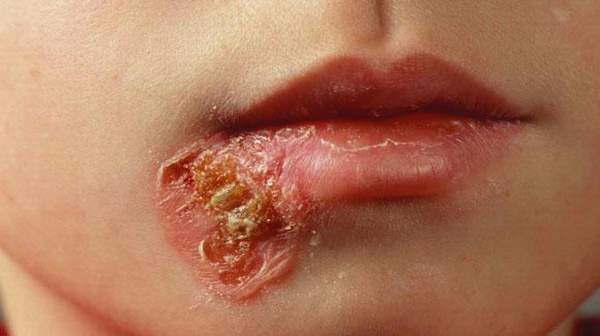What's in this article?
Bacterial and viral infections have many things in common. Both types of infections are caused by microbes bacteria and viruses, respectively and spread by things such as:
- Coughing and sneezing.
- Contact with infected people, especially through kissing and sex.
- Contact with contaminated surfaces, food, and water.
- Contact with infected creatures, including pets, livestock, and insects such as fleas and ticks.
Microbes can also cause:
- Acute infections, which are short-lived.
- Chronic infections, which can last for weeks, months, or a lifetime.
- Latent infections, which may not cause symptoms at first but can reactivate over a period of months and years.
Most importantly, bacterial and viral infections, can cause mild, moderate, and severe diseases.
Throughout history, millions of people have died of diseases such as bubonic plague or the Black Death, which is caused by Yersinia pestisbacteria, and smallpox, which is caused by the variola virus. In recent times, viral infections have been responsible for two major pandemics: the 1918-1919 “Spanish flu” epidemic that killed 20-40 million people, and the ongoing HIV/AIDS epidemic that killed an estimated 1.5 million people worldwide in 2013 alone.
Bacterial and viral infections can cause similar symptoms such as coughing and sneezing, fever, inflammation, vomiting, diarrhea, fatigue, and cramping — all of which are ways the immune system tries to rid the body of infectious organisms. But bacterial and viral infections are dissimilar in many other important respects, most of them due to the organisms’ structural differences and the way they respond to medications.
How do bacterial infections spread?
Different bacteria spread in different ways. Examples include:
- through contaminated water (cholera and typhoid fever)
- through contaminated food (botulism, E coli food poisoning, salmonella food poisoning)
- through sexual contact (syphilis, gonorrhea, chlamydia)
- through the air, when infected people sneeze or cough (tuberculosis)
- through contact with animals (anthrax, cat scratch disease)
- through touching infected people (strep throat)
- from one part of the body, where they are harmless, to another part, where they cause illness (as when E coli spread from the intestines to the urinary tract).
How do bacteria cause illness?
Bacteria can cause illness in several ways. Some destroy tissue directly. Some become so numerous that the body cannot work normally. And some produce toxins (poisons) that kill cells. Exotoxins are poisons released by live bacteria. Endotoxins are poisons released when the bacteria die.
As you might think, bacterial infections are caused by bacteria, and viral infections are caused by viruses. Perhaps the most important distinction between bacteria and viruses is that antibiotic drugs usually kill bacteria, but they aren’t effective against viruses.
Bacteria
Bacteria are single-celled microorganisms that thrive in many different types of environments. Some varieties live in extremes of cold or heat. Others make their home in people’s intestines, where they help digest food. Most bacteria cause no harm to people, but there are exceptions.
Infections caused by bacteria include:
- Strep throat
- Tuberculosis
- Urinary tract infections
Inappropriate use of antibiotics has helped create strains of bacterial disease that are resistant to treatment with different types of antibiotic medications.
Viruses
Viruses are even smaller than bacteria and require living hosts such as people, plants or animals to multiply. Otherwise, they can’t survive. When a virus enters your body, it invades some of your cells and takes over the cell machinery, redirecting it to produce the virus.
Diseases caused by viruses include:
In some cases, it may be difficult to determine whether a bacterium or a virus is causing your symptoms. Many ailments such as pneumonia, meningitis and diarrhea can be caused by either type of microbe.
Curing a bacterial infection
The body reacts to disease-causing bacteria by increasing local blood flow (inflammation) and sending in cells from the immune system to attack and destroy the bacteria. Antibodies produced by the immune system attach to the bacteria and help in their destruction. They may also inactivate toxins produced by particular pathogens, for example tetanus and diphtheria.
Serious infections can be treated with antibiotics, which work by disrupting the bacterium’s metabolic processes, although antibiotic-resistant strains are starting to emerge. Immunisation is available to prevent many important bacterial diseases such as Hemophilus influenza Type b (Hib), tetanus and whooping cough..





